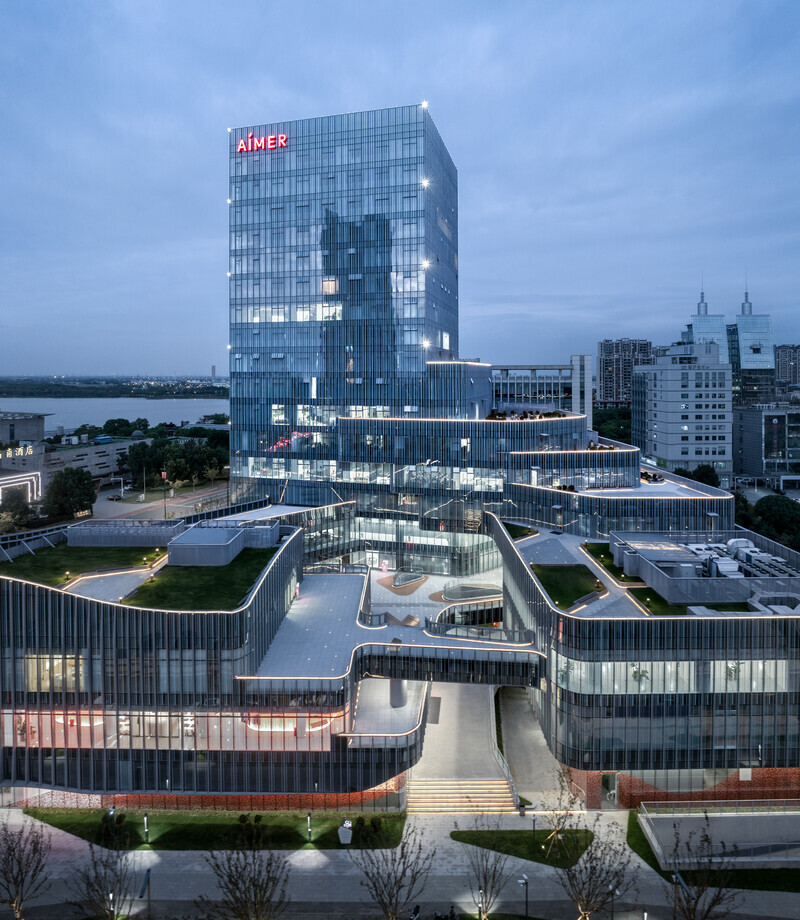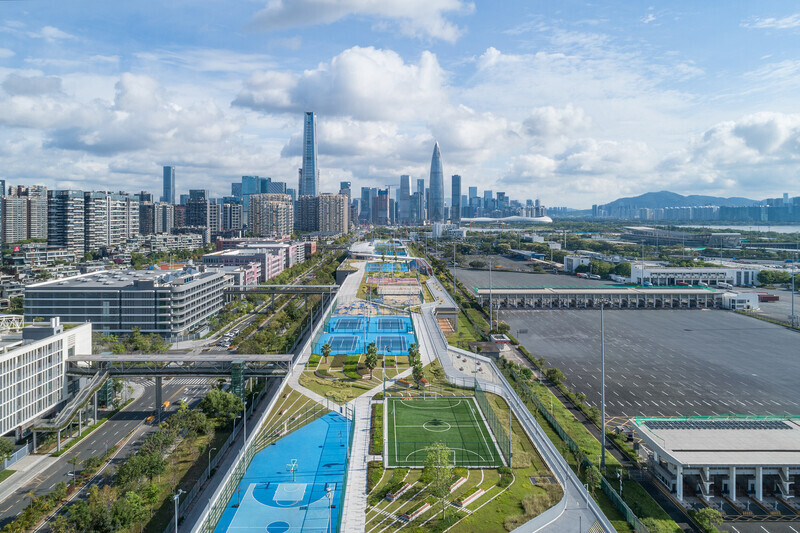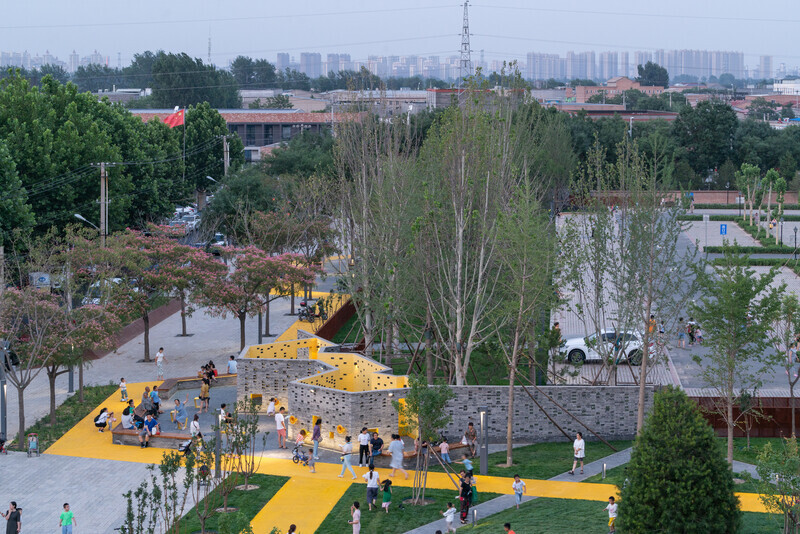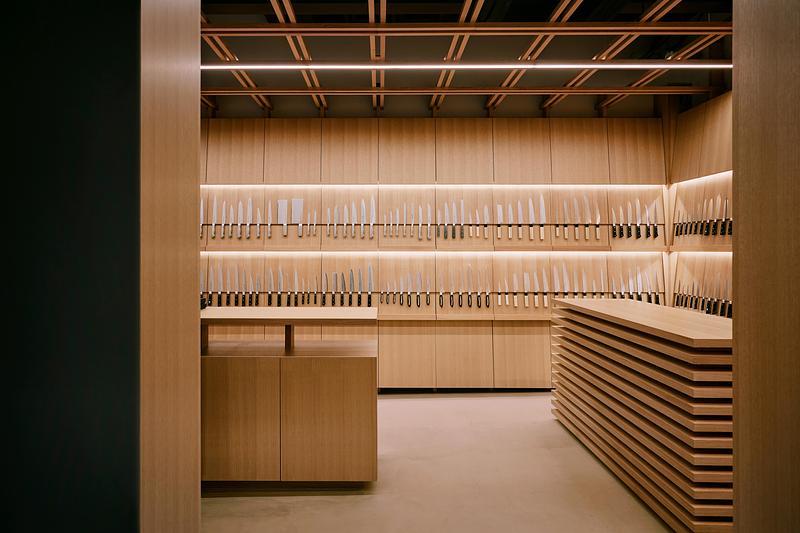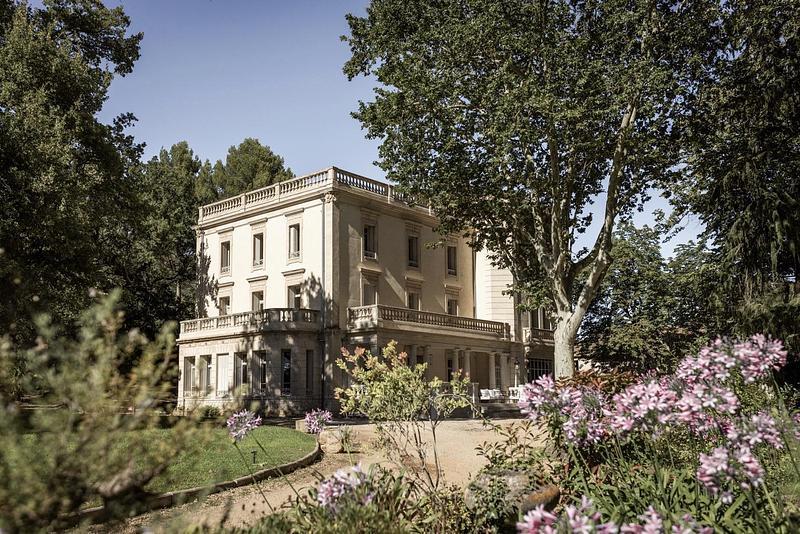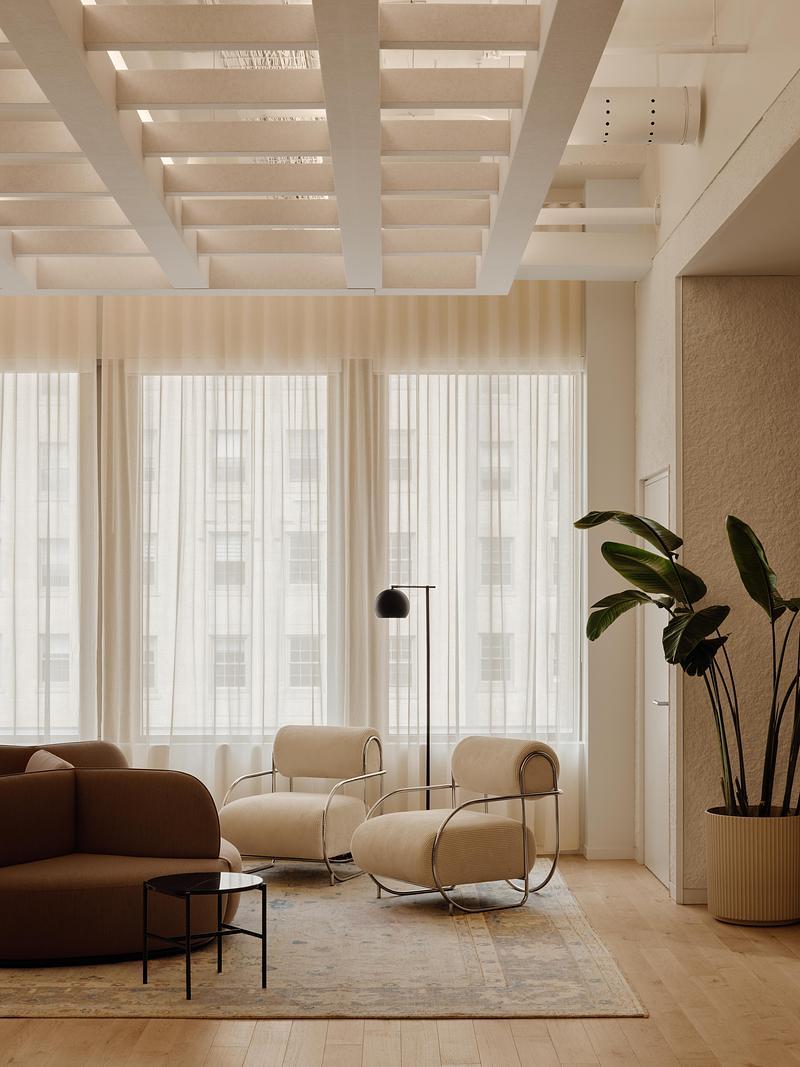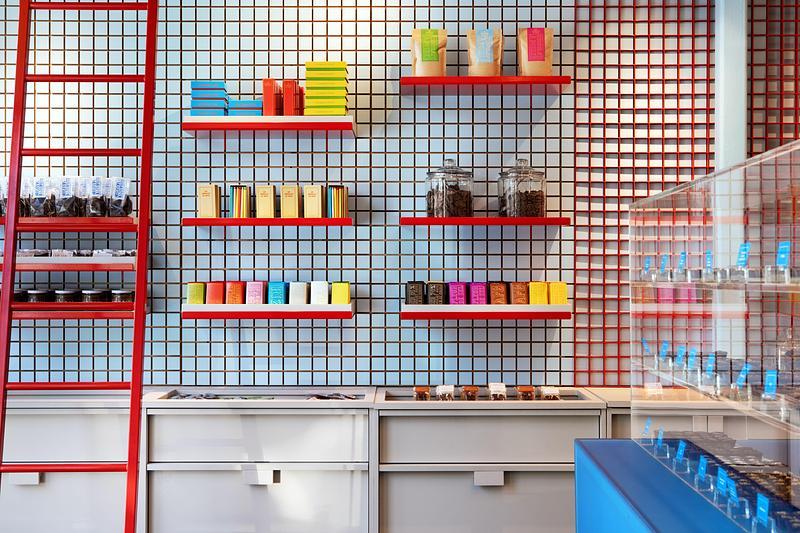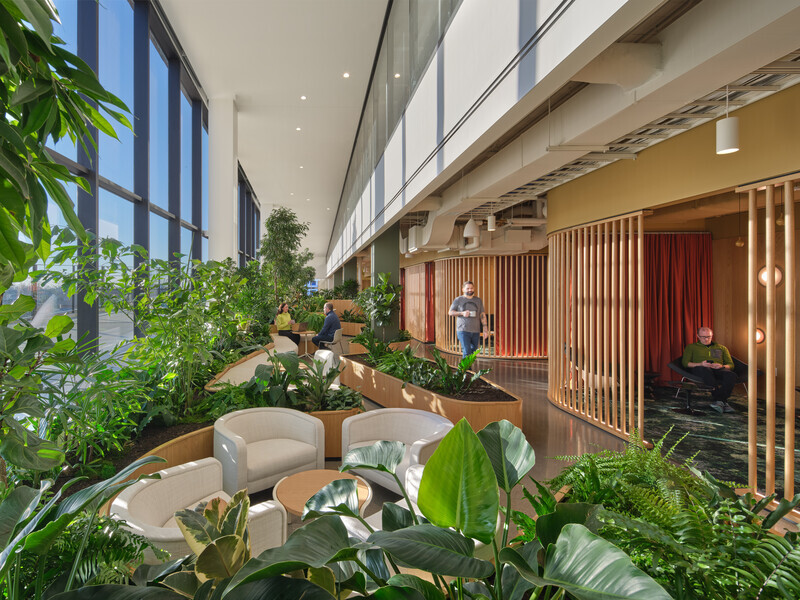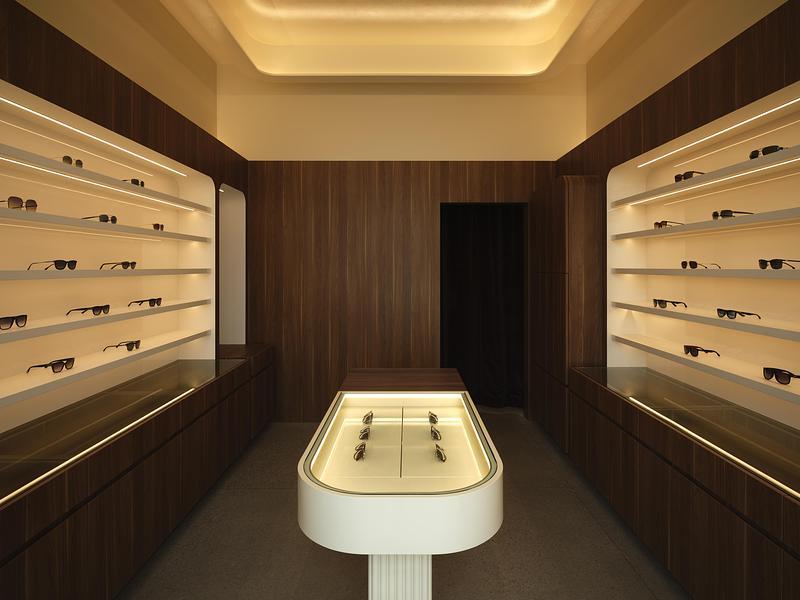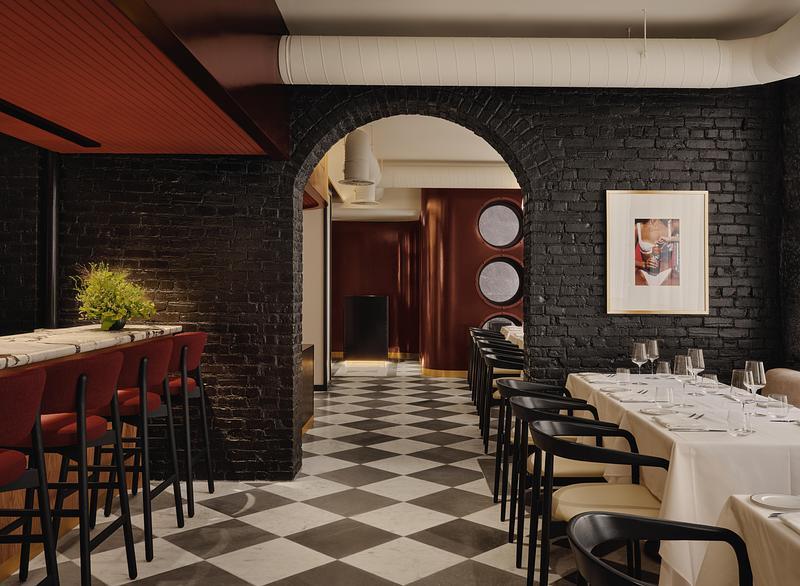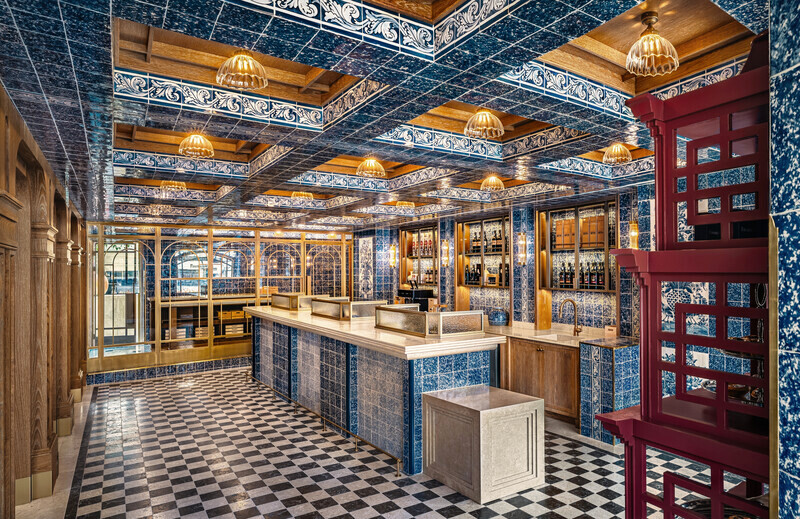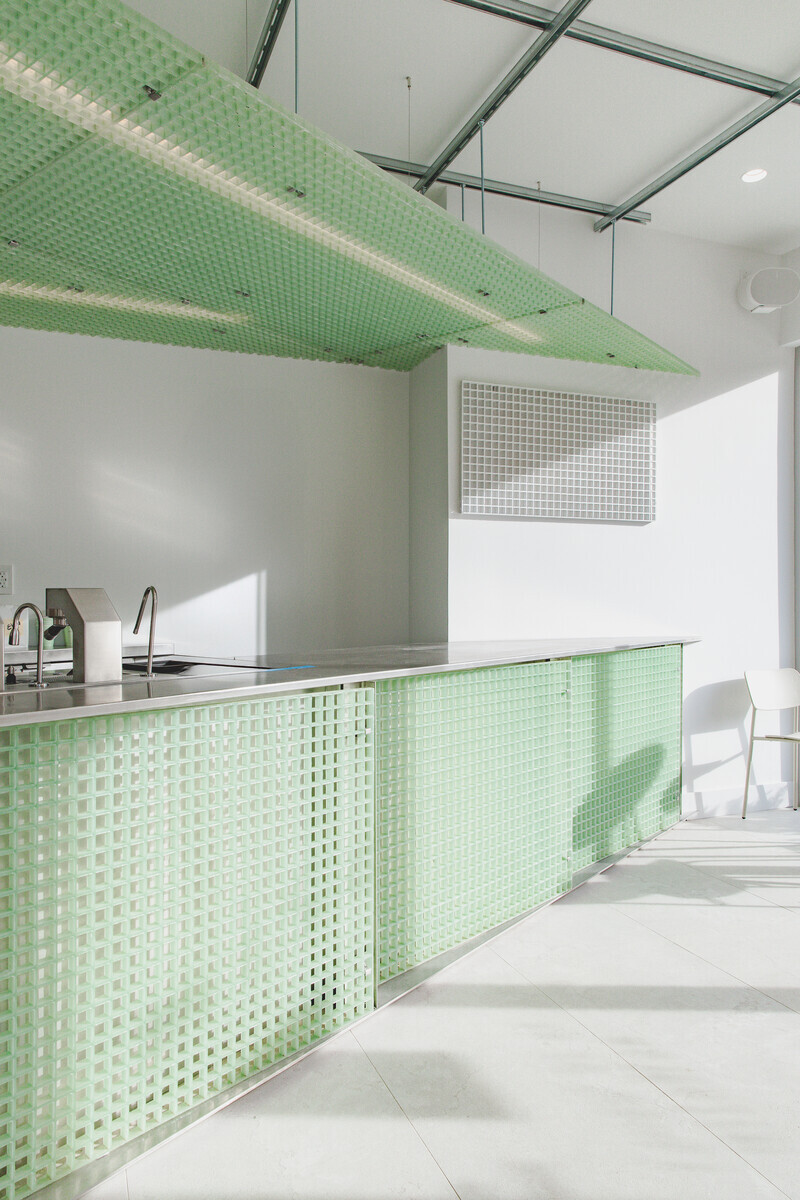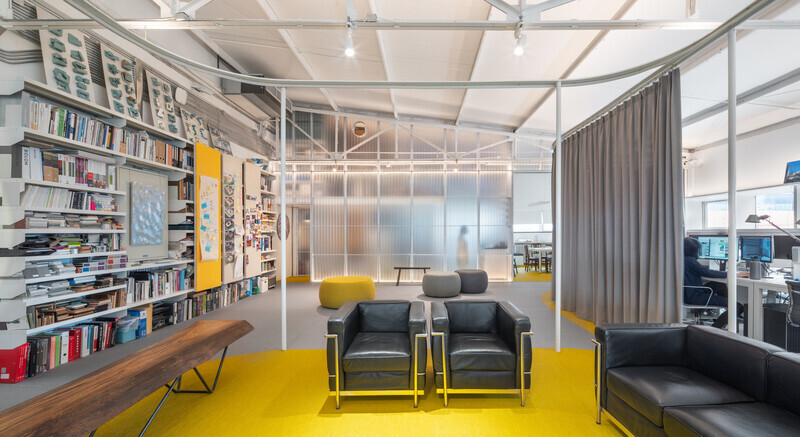
Dossier de presse | no. 5714-03
Communiqué seulement en anglais
Crossboundaries' Transformable Workplace
Crossboundaries
Crossboundaries’ transformable workplace
Changing scenarios for an post-COVID work life
What kind of synergies can be discovered in a new ecology balancing environmental, social, and cultural dimensions?
The answer should be a living environment that actively transforms the office mode. By the end of 2020, the two most significant typologies for everyday use as a society were abruptly shaken by COVID-19. The home, as a place of life, and the office, as a place of work, were being reconsidered.
Taking all of this into account, Crossboundaries began dreaming of a future typology that could fluctuate and adapt to a variety of rapidly changing scenarios. While some design factors were open for reconsideration - size, atmosphere, occupation, and communication strategies - the workspace remains intentionally unchanged in the same neighborhood as the firm’s previous office.
Located on the top floor of a five-story educational institution that had already undergone several renovations, the office was a fairly new add-on steel structure attached to the concrete skeleton of the building. This provided an almost 360-degree view and exposure to North, South, and East that assures sunlight throughout the day. Users were not the only agent to be taken into account: cycles and rhythms of the building, its urban surroundings, and even the furniture and logistics that the architectural practice needs to operate with were all factors to work with.
Faced with the challenging prohibition on welding, hanging, or attaching new elements to the existing roof structure and external walls, the design becomes very effective in satisfying Crossboundaries’ company needs, while articulating the roughly 300 m2 space with very few elements, therefore committing to minimum intervention.
To maximize organization, a functional area offers separated meeting rooms, a staff kitchen, storage, and rest areas that are included in a repurposed former mezzanine level. These rooms are physically separated with a semi-transparent double-layered wall made out of polycarbonate corrugated panels. The only continuous solid wall without windows accommodates a vast shelf that includes the material and reference library, together with a selection of models and a Crossboundaries Award display.
The main space is fluent and continuous, shaped by a lightweight curtain structure that functions as an island and connects the invariable working stations area together with a central multifunctional space. The latter is a leisure area focused on providing different scenarios beyond the regular working day: the loose furniture can be re-arranged and separated acoustically to meet the various requirements of the space over time. The carpet design follows the curtain rail to further reinforce this zoning concept, enticing users to explore the flexibility of the space. More than five activities and meetings – both formal and informal - can occur simutaneously, with a specific atmosphere for each communication process.
This multifunctional space is supported by an inherited color palette from the previous office that was already adopted as the corporate identity of Crossboundaries: a combination of grey and yellow elements and textures bring focus and stimulation to the team. A number of inner vegetation islands were not to be left behind, and now contribute to the layout with an infusion of color, while also integrating natural elements into the office. The plants sit on movable platforms, behaving like attractors around the office, each time in a different position.
While the pandemic has brought radical transformations to the business itself, Crossboundaries believes that the design of office spaces also has the need to undergo a forward-looking approach. This working platform has merged with a sense of domesticity, where the existing is revitalized and incorporated by reusing every piece of furniture and art that was once part of the former workplace – tables, chairs, curtains, lamps, shelves. Once socializing returns to normal, Crossboundaries will be ready to share its space and to bring people together.
Technical sheet
Project name: Crossboundaries' transformable workplace
Location: Beijing, China
Usable area: 300 m2
Design period: Dec.-Jan. 2020-2021
Construction period: Dec. 2020 -February 2021
Completion date: February 2021
Architect: Crossboundaries, Beijing, China
Partners in charge: Binke Lenhardt, DONG Hao
Design team: Elena Gamez Miguelez
Construction Company: Beijing Yihao Building Decoration Design Engineering Co.,Ltd.
Photographers: BAI Yu
About Crossboundaries
Crossboundaries contributes to a vital built environment through architecture, environmental design, and urban regeneration. The studio creates enduring architecture that often deals with remarkable technical processes, yet always has a pleasant material touch and human atmosphere.
Organized as an international partnership, Crossboundaries' staff originates from and was trained in different parts of the world. Its first office was founded in Beijing, China in 2005 by Binke Lenhardt and DONG Hao. Later, in 2012, a partner office was established in Frankfurt, Germany by Binke Lenhardt and Antje Voigt.
After receiving their Masters Degrees in Architecture from Pratt Institute, Binke Lenhardt and DONG Hao worked in New York for several years before making their home in China. In Beijing, they both started off at the Beijing Institute of Architectural Design (BIAD) before founding Crossboundaries. Today, they frequently lecture and teach at the Central Academy of Fine Arts (CAFA), as well as at Tsinghua University.
From urban scale architecture to graphic design, teaching, programming, and event creation, Crossboundaries practices by name, crossing boundaries into activities and dialogues in the broad field of design and architecture. Continually thinking and doing, the studio is engaging, evolving, and adapting.
Crossboundaries has completed a wide range of small-scale interior designs and architectural projects of larger size. The project portfolio includes Aimer’s Lingerie Factory, several Beida High Schools, Family Box, Soyoo Joyful Growth Center, kindergartens in rural areas, showrooms, and offices in collaboration with Siemens and BMW.
The firm also engages in theoretical research projects such as China House Vision, exhibited at the 15th International Architecture La Biennale di Venezia, as well as in Beijing in 2018. Crossboundaries is also actively participating in the current discourse on architecture in China.
Pour plus d’informations
Contact média
- Crossboundaries
- Aki Jian
- media@crossboundaries.com
- +86-10-6401 2553
Pièces jointes
Termes et conditions
Pour diffusion immédiate
La mention des crédits photo est obligatoire. Merci d’inclure la source v2com lorsque possible et il est toujours apprécié de recevoir les versions PDF de vos articles.
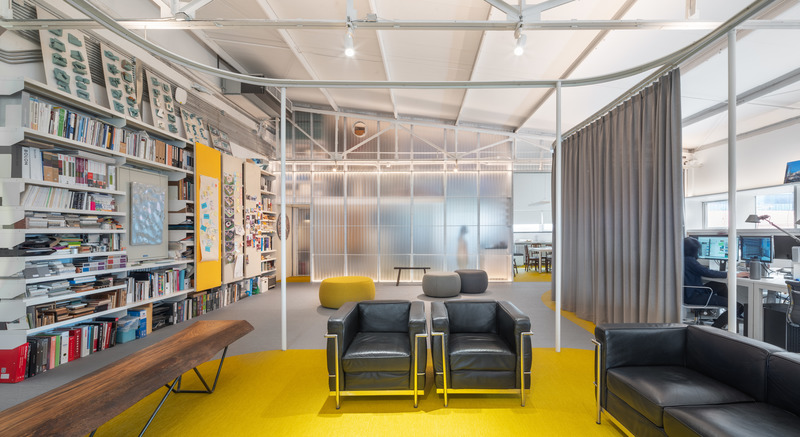
Image très haute résolution : 31.48 x 17.2 @ 300dpi ~ 20 Mo
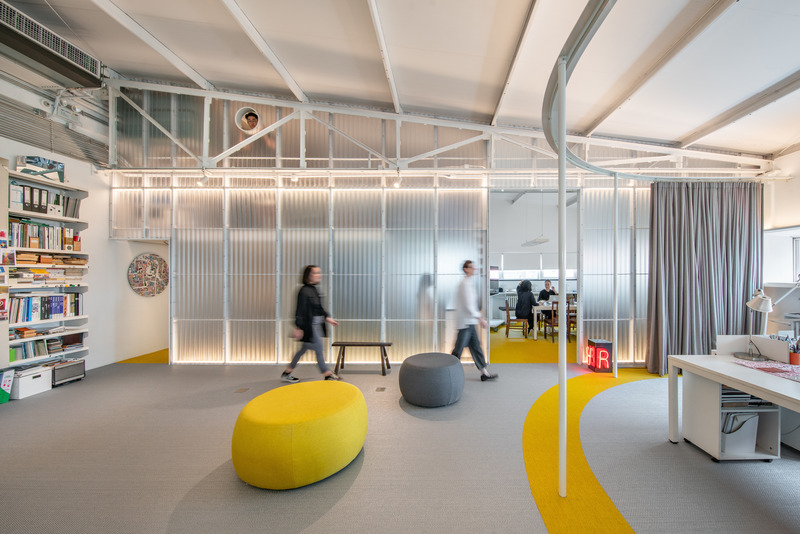
Image très haute résolution : 22.84 x 15.23 @ 300dpi ~ 18 Mo
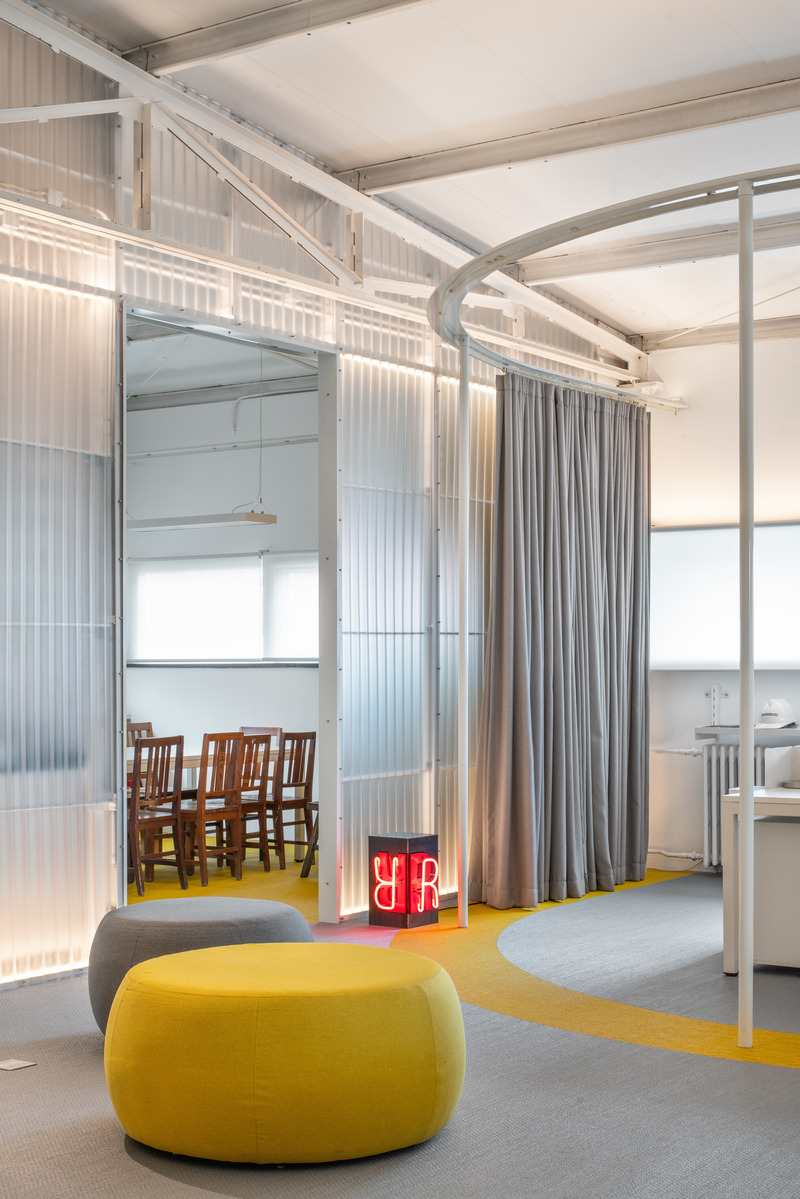
Image très haute résolution : 17.68 x 26.51 @ 300dpi ~ 20 Mo
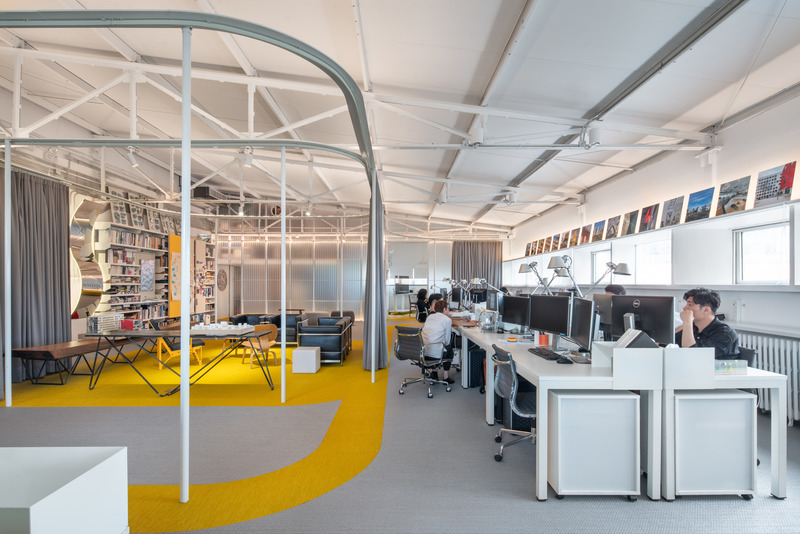
Image très haute résolution : 26.31 x 17.55 @ 300dpi ~ 19 Mo
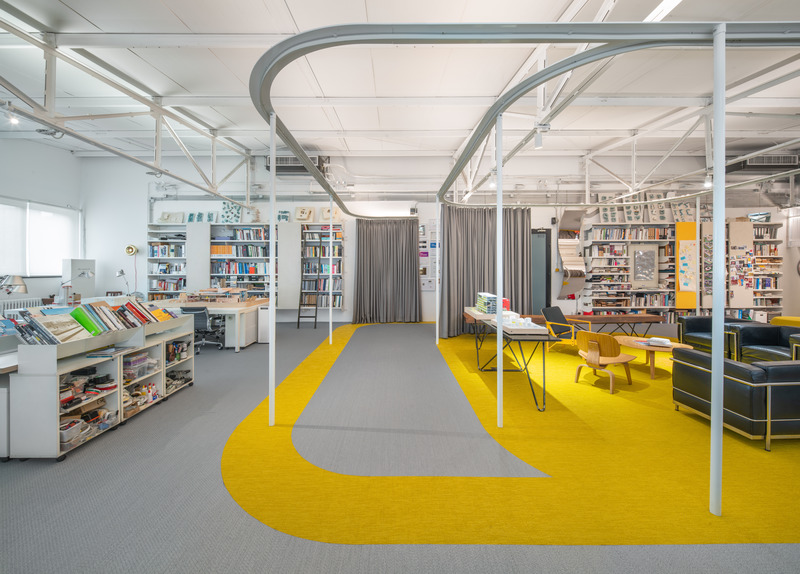
Image très haute résolution : 35.51 x 25.47 @ 300dpi ~ 43 Mo
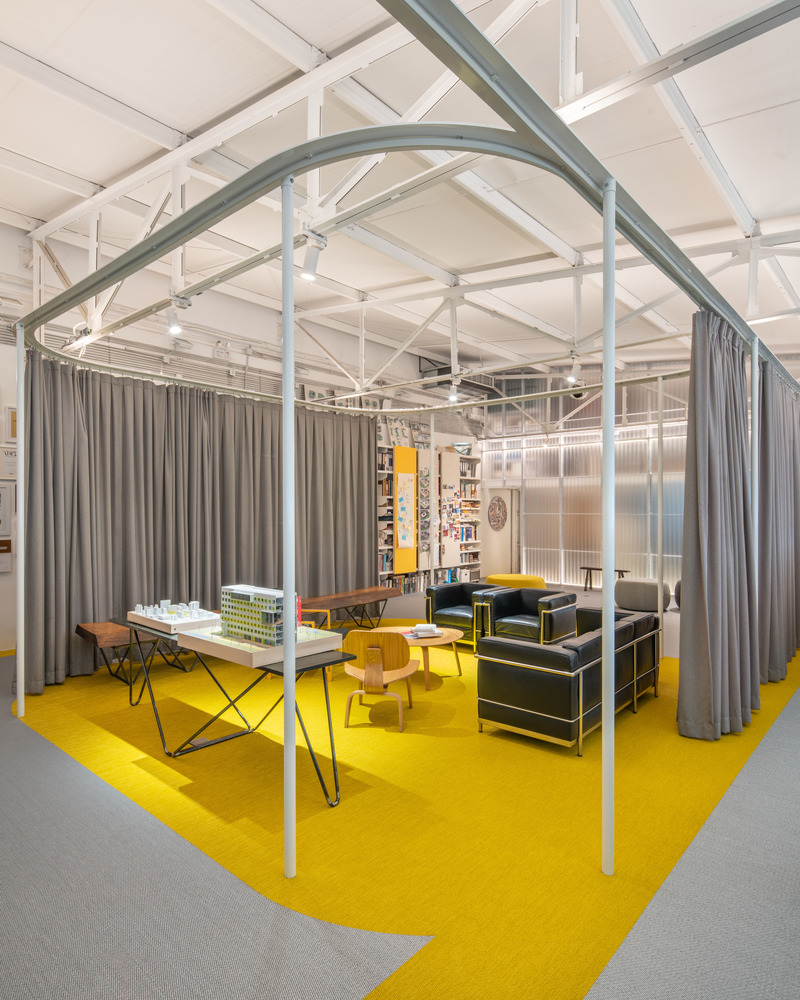
Image très haute résolution : 17.52 x 21.9 @ 300dpi ~ 20 Mo
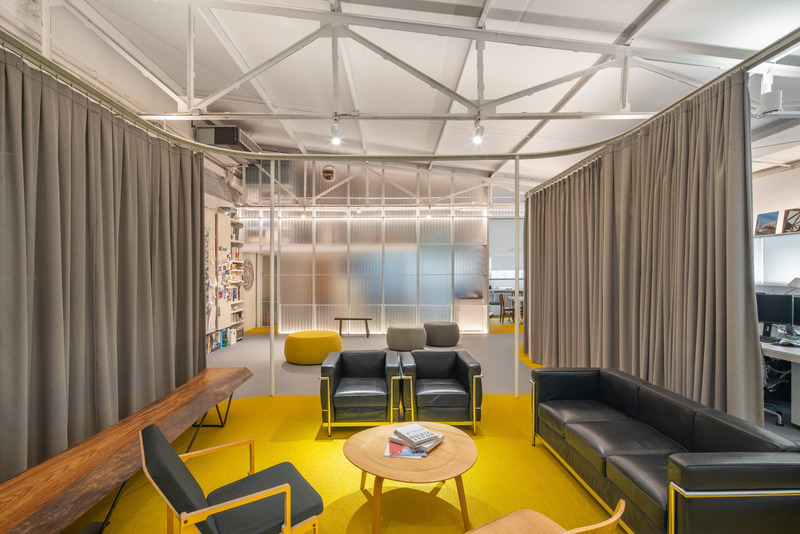
Image très haute résolution : 26.51 x 17.68 @ 300dpi ~ 20 Mo
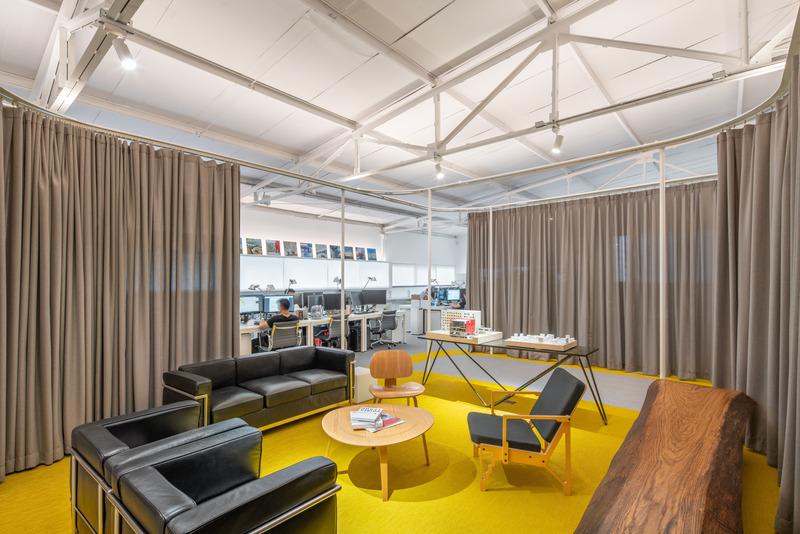
Image très haute résolution : 26.51 x 17.68 @ 300dpi ~ 22 Mo
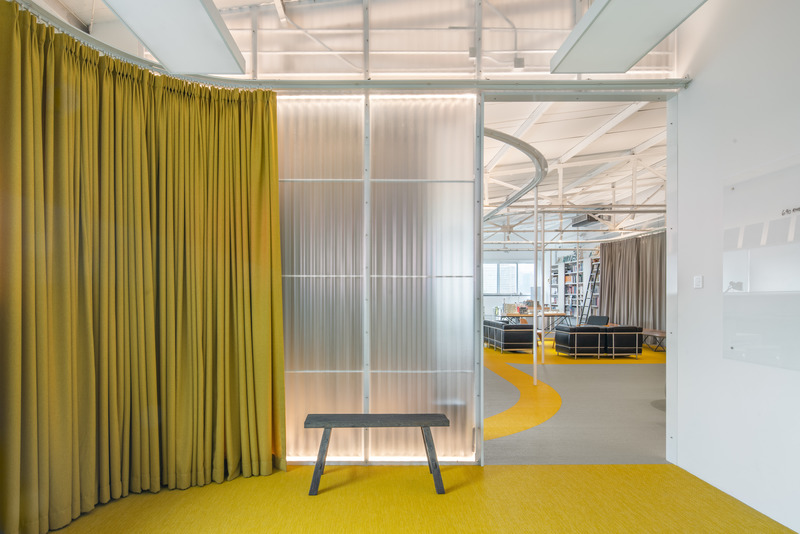
Image très haute résolution : 23.97 x 15.99 @ 300dpi ~ 16 Mo
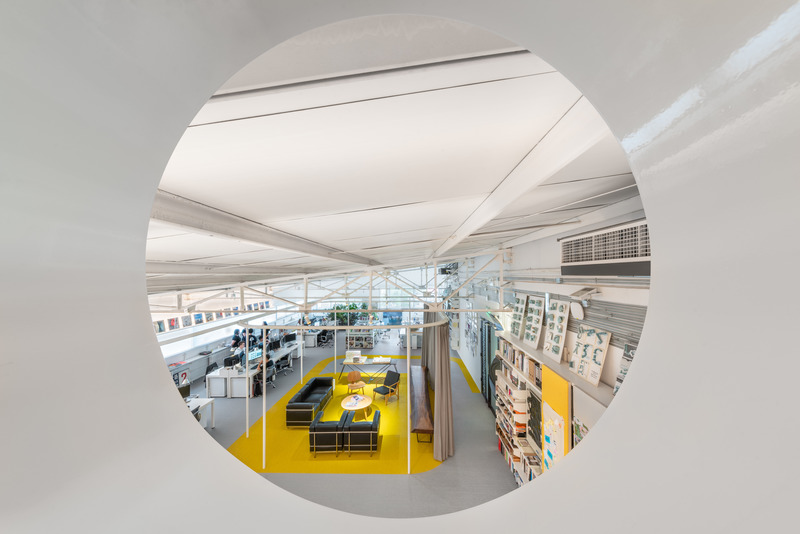
Image très haute résolution : 26.51 x 17.68 @ 300dpi ~ 15 Mo
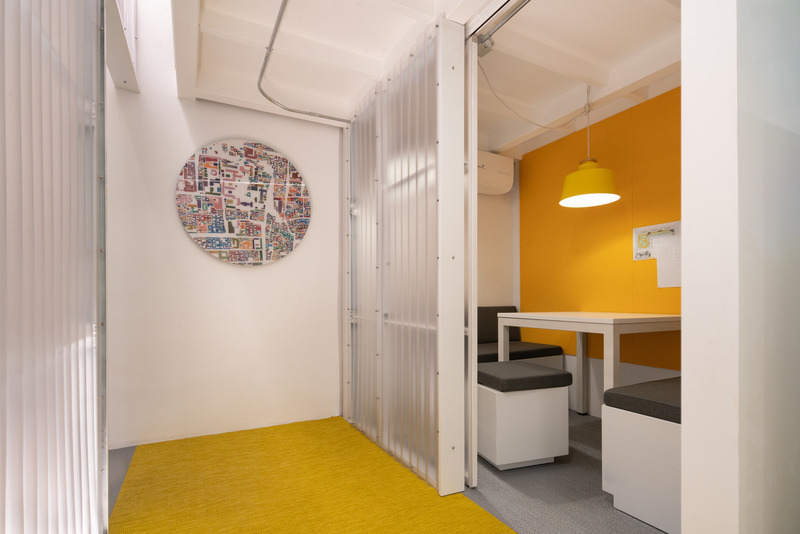
Image très haute résolution : 26.51 x 17.68 @ 300dpi ~ 18 Mo
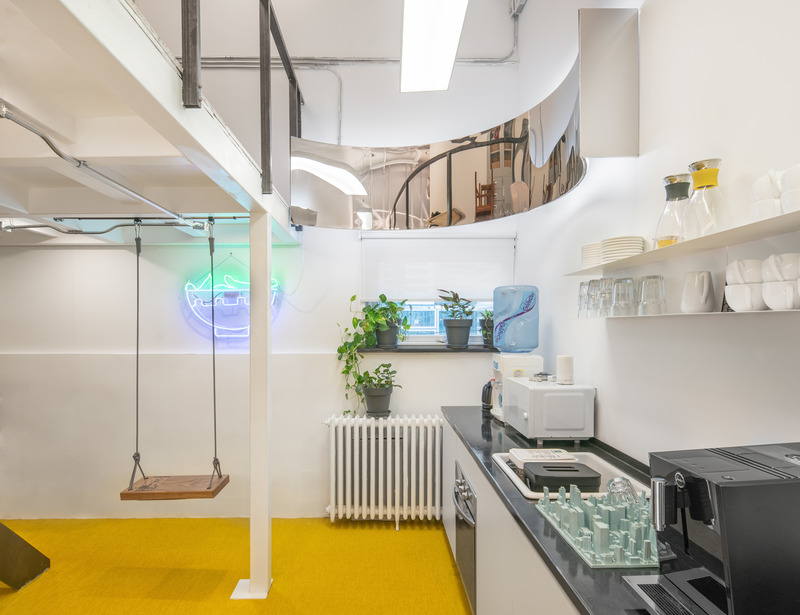
Image très haute résolution : 21.37 x 16.43 @ 300dpi ~ 15 Mo
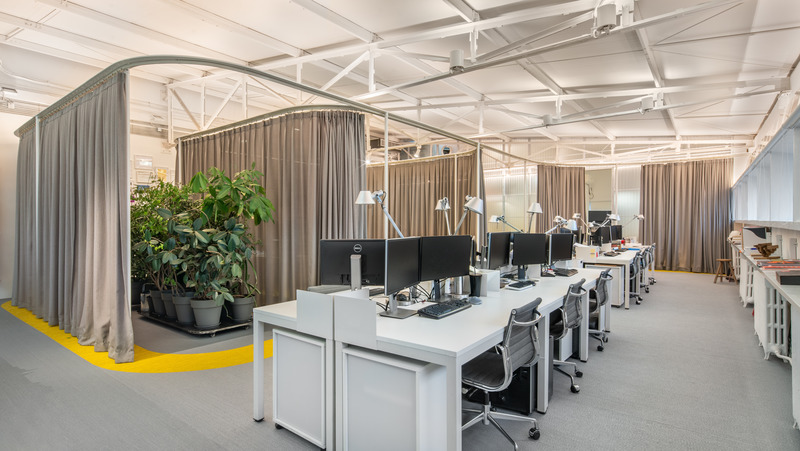
Image très haute résolution : 25.36 x 14.29 @ 300dpi ~ 18 Mo
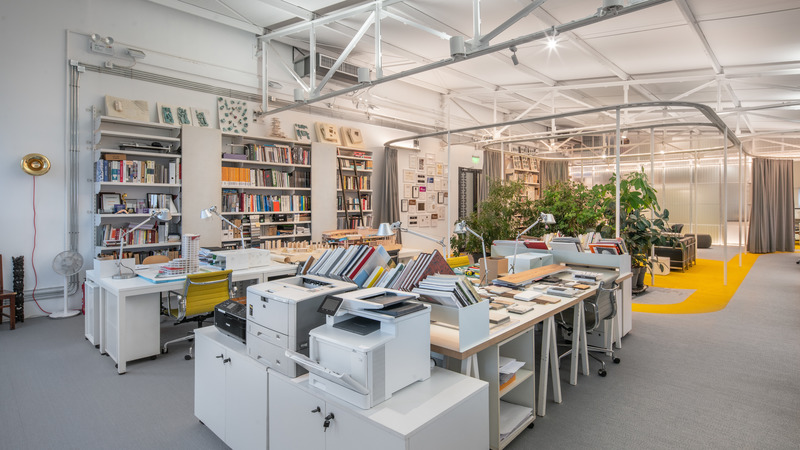
Image très haute résolution : 24.97 x 14.04 @ 300dpi ~ 18 Mo
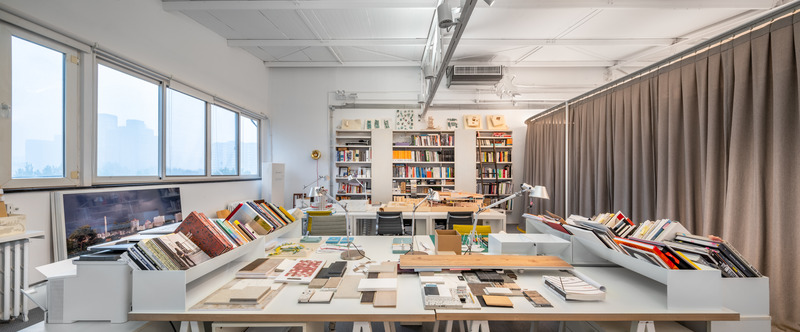
Image très haute résolution : 42.43 x 17.62 @ 300dpi ~ 26 Mo
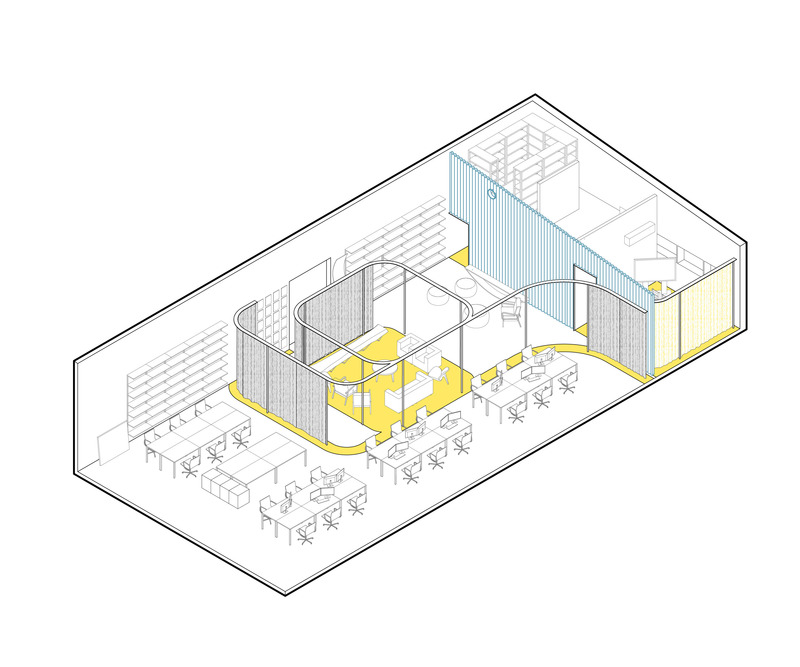
Image haute résolution : 11.81 x 9.84 @ 300dpi ~ 1,6 Mo
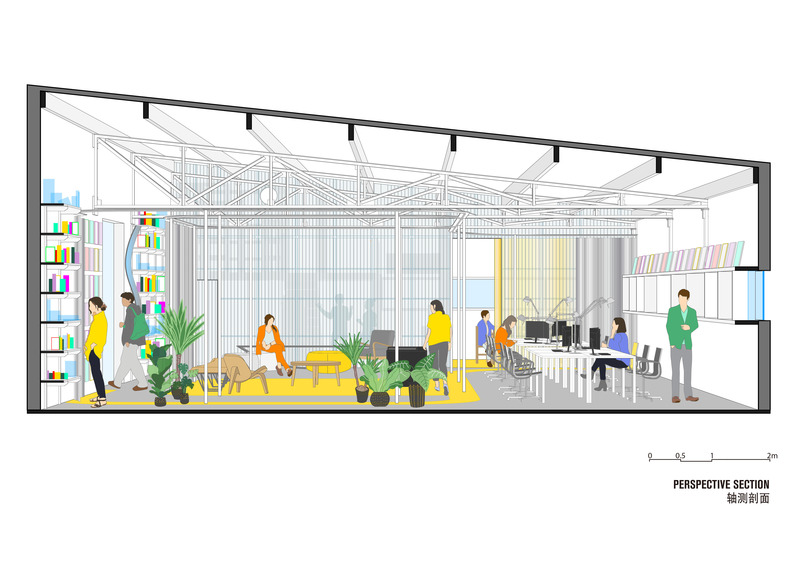
Image haute résolution : 16.54 x 11.7 @ 300dpi ~ 3,3 Mo
